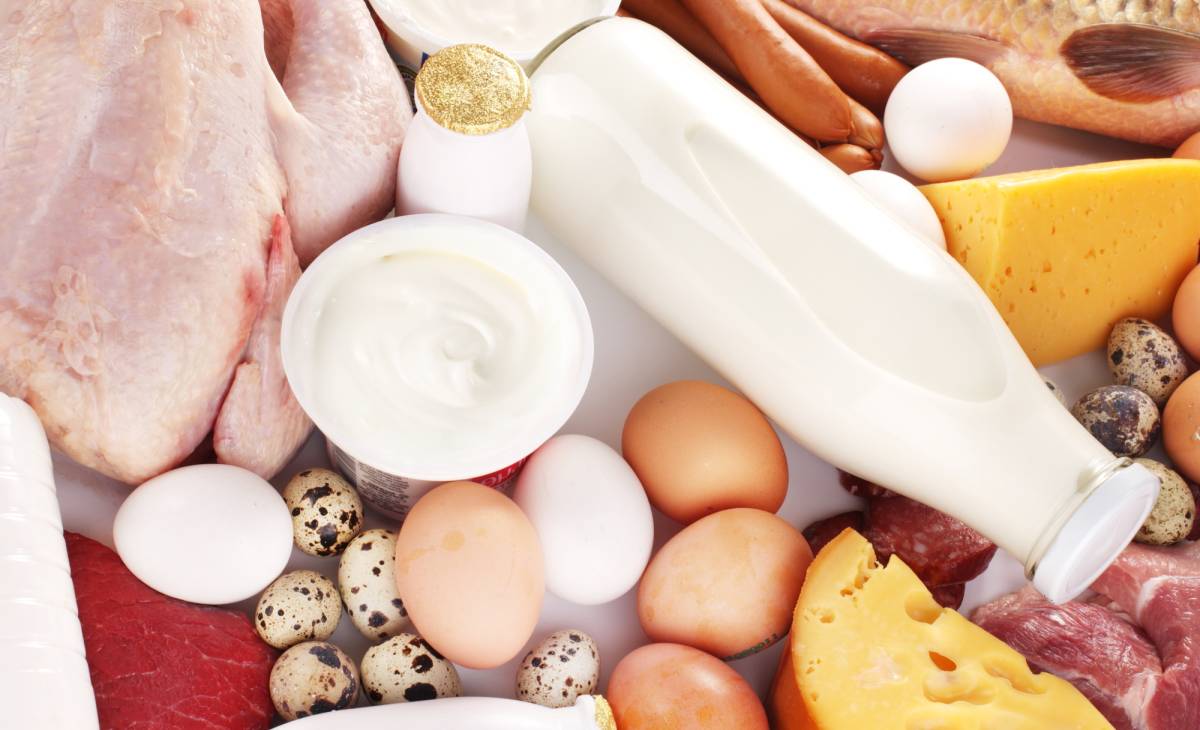EU updates maximum levels for dioxins and PCBs in some foods
On October 21, 2022, the European Commission published Regulation (EU) 2022/2002, amending Annexes of Regulation (EC) No 1881/2006 regarding maximum levels for dioxins and dioxin-like polychlorinated biphenyls (PCBs) in certain foodstuffs.
In 2018, the European Food Safety Authority (ESFA) adopted a scientific opinion on the dangers to human and animal health related to the presence of dioxins and PCBs in food and feed. In this assessment the tolerable weekly intake was reduced sevenfold in accordance with new data and techniques. According to the experts, the available data from European countries indicated an exceedance of the new tolerable intake level across all age groups, proving that dietary exposure to dioxins and PCBs is a real health concern.
EFSA experts acknowledged that these exceedances are worring, however, they believed that the use of internationally agreed-upon values ("Toxic Equivalence Factors", TEFs) may have overstated the toxicity of the most dangerous dioxin-like PCB.
As such, the experts advocate for a re-evaluation of the World Health Organization (WHO) 2005-Toxic Equivalence Factors (TEF), whose goal was to standardize TEFs for dioxin and dioxin-like substances on a global scale. WHO's review of TEFs is anticipated to be finished in 2023.
Meanwhile, EFSA established maximum levels for dioxins and for the sum of dioxins and dioxin-like PCBs for foodstuffs such as meat and meat products, and extend the previous maximum level for hen’s eggs to all poultry eggs (except for goose eggs), milk and dairy products. Additionally, the maximum levels also apply to the muscle meat of the abdomen of crustaceans, not just muscle meat from appendages.
Considering that some of the foodstuffs covered by this regulation have a long shelf life, a transitional period is appropiate. During this period, all those items lawfully put on the market prior to the regulation’s effective date but not complying with the new maximum levels, may be sold on the market until their date of minimum durability or use-by-date.
This regulation applies to products produced in, or imported into, the European Union from January 1, 2023.
Source:



















